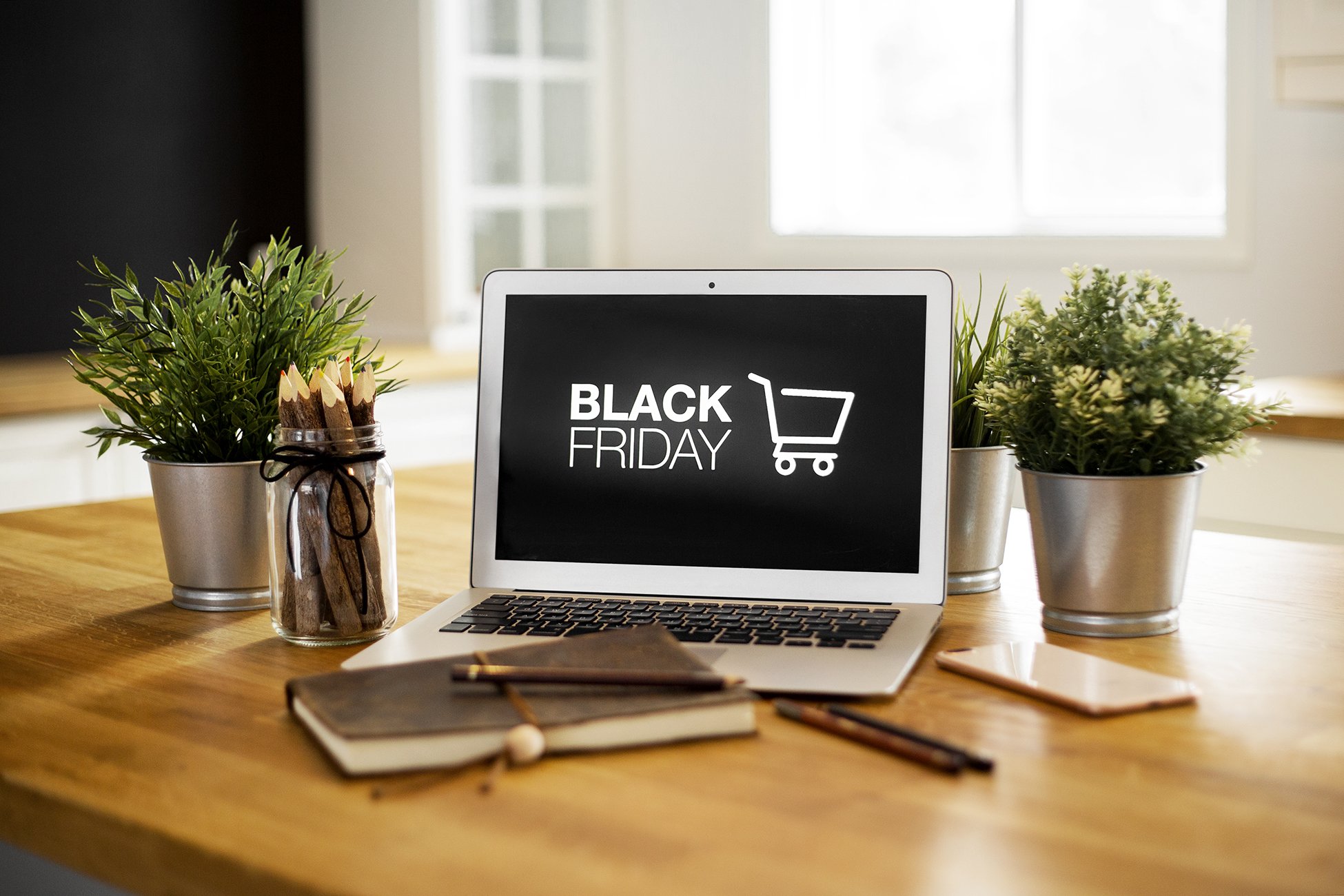Table of Contents
** Minutes
[The data points shared in this post were alsofeatured on AdWeek]
It was a weeknight, sometime between 8:00 and 9:00 pm, and shortly after Thanksgiving when it finally clicked how big Black Friday, Cyber Monday, and the holiday peak rush is.
I’m not sure why it took so long. I’ve been fortunate to run ecommerce brands in the past and helped aggregate the data at my last role at BigCommerce, where we had a unique view of ecommerce sales at a scale few have achieved.
But being in ShipBob’s Chicago fulfilment centre, helping pick and pack orders alongside our fulfilment team and even our CEO and COO, and seeing the constant activity across 105,000 square feet of warehouse supporting thousands of brands, it’s truly inspirational.
Ecommerce fulfilment is where the magic truly happens.
Since last year, we’ve brought on hundreds of more clients, stocked tens of thousands of new SKUs, added hundreds of thousands of square feet in warehouse space, continued to enhance our forecasting capabilities, and have seen our ecommerce customers grow at exponential rates.
We wanted to share some of the insights we saw throughout peak season last year and aggregated for you. This data is across thousands of ecommerce merchants, tens of thousands of unique products sold, millions of shipments, and billions in revenue.
7 ecommerce statistics that relate to peak season
Data is power. The ability to forecast future sales and knowing when to expect an increase in order volume is important for any ecommerce brand. Peak season for ecommerce brands has always been the busiest time for online retailers, but it may start earlier than you think and therefore, data mapping is more important than ever before.
Here are seven of the more surprising (and useful) Quarter 4 statistics from last year that we believe will be similar this year:
1. Cyber Monday was the most active online shopping day of the year with nearly 4x more volume than the average day in 2018; Black Friday was the second.
2. 5 out of the 10 most active buying days are in November.
3. October 30th (the day before Halloween) was the fourth best-selling day of 2018.
4. December 22 to December 25 were the 4 slowest days in November and December with the lowest volume of orders; 12.5% below the average shipment volume of the year.
5. 45 out of the 50 (90%) best-selling days of the year were in Q4.
6. 40.46% of order volume for all of 2018 occurred in Q4 with 30.81% in November and December.
7. BUT, based on our customers’ revenue (GMV data), 44.85% of revenue came in Q4 with 34.46% in November and December, across several hundreds of millions of dollars processed.
It’s not too late to partner with a 3PL
Every year, these insights continue to surprise us, but it’s also worth looking into your own historical data to make the best decisions for your business. Understanding your customers’ buying behaviour is key to unpacking insights that can drive additional revenue, save you money, and plan accordingly.
ShipBob can help, and it’s never too late to get started with a 3PL partner. Our customers are given access to ShipBob’s technology, warehousing, forecasting data and analytics, fulfilment services, and support to scale efficiently.
If you’re interested in partnering with ShipBob, click below to request a quote.



